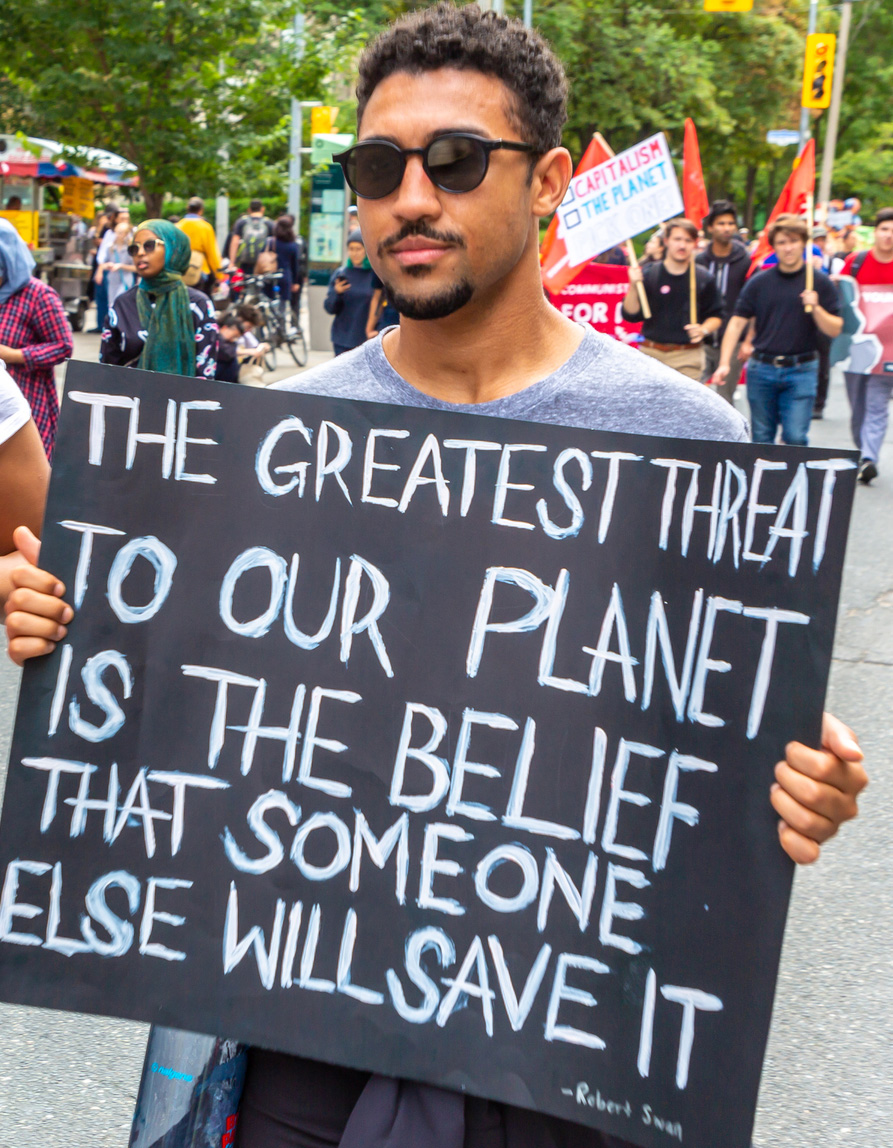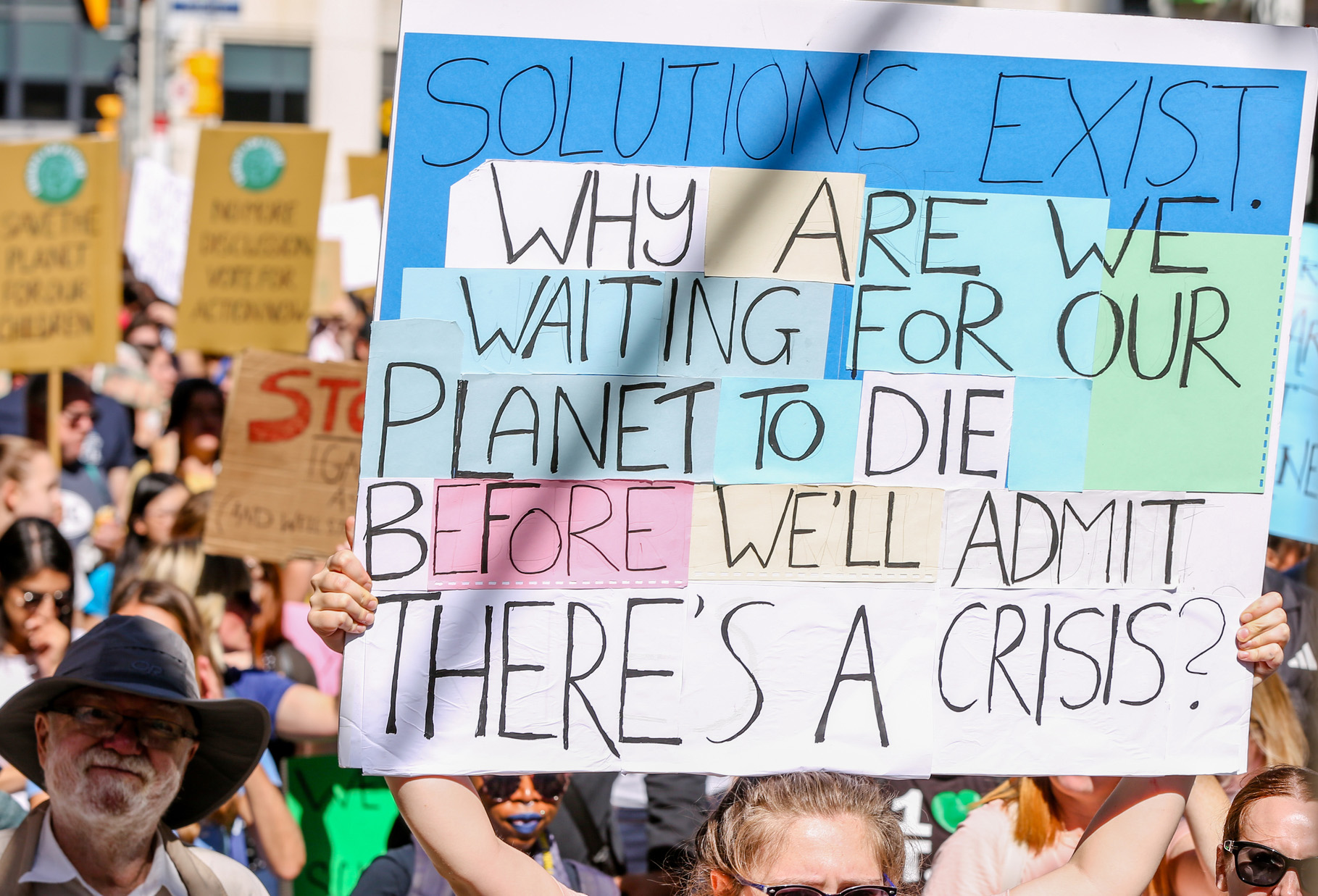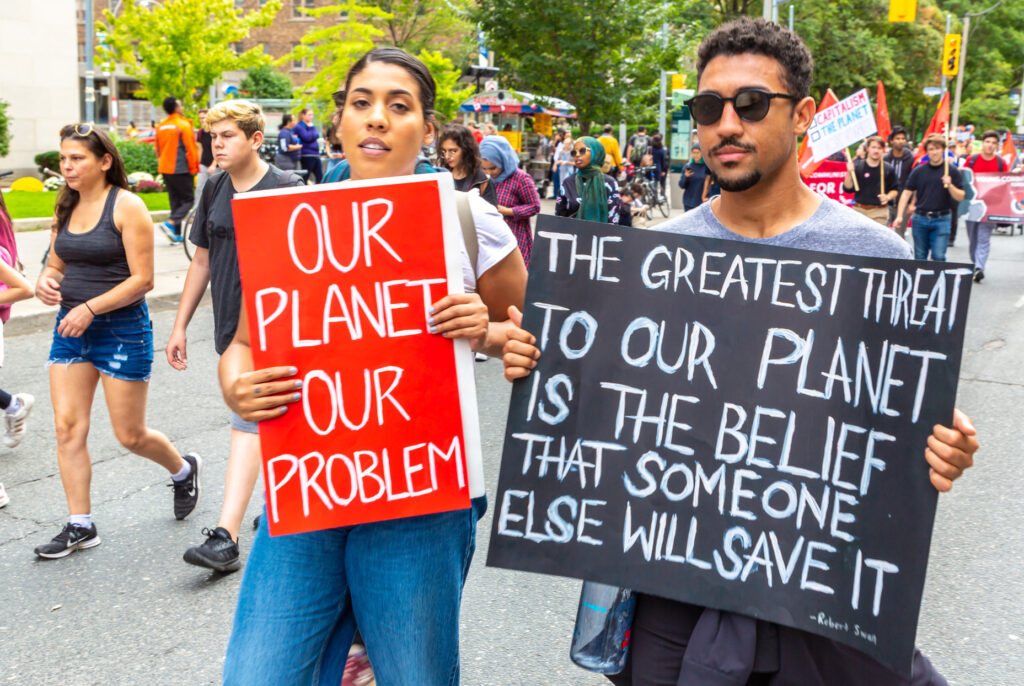CLIMATE CHANGE FACT SHEET
Know the Facts

Highlights from a report published May 20, 2019 by the United Nations IPCC *
Climate change represents an urgent and potentially irreversible threat to human societies and the planet. In recognition of this, the overwhelming majority of countries around the world adopted the Paris Agreement in December 2015, the central aim of which includes pursuing efforts to limit global temperature rise to 1.5°C. In doing so, these countries, through the United Nations Framework Convention on Climate Change (UNFCCC), also invited the IPCC to provide a Special Report on the impacts of global warming of 1.5°C above pre-industrial levels and related global greenhouse gas emissions pathways. At the 21st Conference of the Parties (COP21) in December 2015, 195 nations adopted the Paris Agreement. The first instrument of its kind, that landmark agreement includes the aim to strengthen the global response to the threat of climate change by ‘holding the increase in the global average temperature to well below 2°C above pre-industrial levels and pursuing efforts to limit the temperature increase to 1.5°C above pre-industrial levels’.
THE FACTS
- Warming, greater than the global annual average, is being experienced in many land regions and seasons, including two to three times higher in the Arctic. Warming is generally higher over land than over the ocean.
- Trends in intensity and frequency of some climate and weather extremes have been detected over time spans during which about 0.5°C of global warming occurred.
- Impacts on natural and human systems from global warming have already been observed. Many land and ocean ecosystems and some of the services they provide have already changed due to global warming.
- Climate models project robust differences in regional climate characteristics between present-day and global warming of 1.5°C and between 1.5°C and 2°C. These differences include increases in: mean temperature in most land and ocean regions; hot extremes in most inhabited regions; heavy precipitation in several regions; and, the probability of drought and precipitation deficits in some regions.
- The number of hot days is projected to increase in most land regions, with highest increases in the tropics.
- Increasing warming amplifies the exposure of small islands, low-lying coastal areas and deltas to the risks associated with sea level rise for many human and ecological systems, including increased saltwater intrusion, flooding and damage to infrastructure.
- Risks associated with sea level rise are higher at 2°C compared to 1.5°C. The slower rate of sea level rise at global warming of 1.5°C reduces these risks, enabling greater opportunities for adaptation including managing and restoring natural coastal ecosystems and infrastructure reinforcement.
- On land, impacts on biodiversity and ecosystems, including species loss and extinction, are projected to be lower at 1.5°C of global warming compared to 2°C.

- Limiting global warming to 1.5°C compared to 2°C is projected to lower the impacts on terrestrial, freshwater and coastal ecosystems and to retain more of their services to humans.
- Of 105,000 species studied, 6% of insects, 8% of plants and 4% of vertebrates are projected to lose over half of their climatically determined geographic range for global warming of 1°C, compared with 18% of insects, 16% of plants and 8% of vertebrates for global warming of 2°C.
- Impacts associated with other biodiversity-related risks such as forest fires and the spread of invasive species are lower at 1.5°C compared to 2°C of global warming.
- Approximately 4% of global terrestrial land area is projected to undergo a transformation of ecosystems from one type to another at 1°C of global warming.
- Limiting global warming to 1.5°C compared to 2ºC is projected to reduce increases in ocean temperature as well as associated increases in ocean acidity and decreases in ocean oxygen levels. Consequently, limiting global warming to 1.5°C is projected to reduce risks to marine biodiversity, fisheries, and ecosystems, and their functions and services to humans, as illustrated by recent changes to Arctic sea ice and warm-water coral reef ecosystems.
- There is high confidence that the probability of a sea ice-free Arctic Ocean during summer is substantially lower at global warming of 1.5°C when compared to 2°C. With 1.5°C of global warming, one sea ice-free Arctic summer is projected per century. This likelihood is increased to at least one per decade with 2°C global warming.
- Global warming of 1.5°C is projected to shift the ranges of many marine species to higher latitudes as well as increase the amount of damage to many ecosystems. It is also expected to drive the loss of coastal resources and reduce the productivity of fisheries and aquaculture (especially at low latitudes). The risks of climate-induced impacts are projected to be higher at 2°C than those at global warming of 1.5°C.
- Coral reefs are projected to decline by a further 70 – 90% at 1.5°C with larger losses (>99%) at 2ºC.
- The risk of irreversible loss of many marine and coastal ecosystems increases with global warming, especially at 2°C or more.
- The level of ocean acidification due to increasing CO2 concentrations associated with global warming of 1.5°C is projected to amplify the adverse effects of warming and even further at 2°C, impacting the growth, development, calcification, survival and thus abundance of a broad range of species, for example, from algae to fish.

- Impacts of climate change in the ocean are increasing risks to fisheries and aquaculture via impacts on the physiology, survivorship, habitat, reproduction, disease incidence, and risk of invasive species but are projected to be less at 1.5ºC of global warming than at 2ºC.
- One global fishery model, for example, projected a decrease in global annual catch for marine fisheries of about 1.5 million tonnes for 1.5°C of global warming compared to a loss of more than 3 million tonnes for 2°C of global warming.
- Climate-related risks to health, livelihoods, food security, water supply, human security, and economic growth are projected to increase with global warming of 1.5°C and increase further with 2°C.
- Populations at disproportionately higher risk of adverse consequences with global warming of 1.5°C and beyond include disadvantaged and vulnerable populations, some indigenous peoples, and local communities dependent on agricultural or coastal livelihoods.
- Regions at disproportionately higher risk include small island developing states and Least Developed Countries.
- Poverty and disadvantage are expected to increase in some populations as global warming increases; limiting global warming to 1.5°C, compared with 2°C, could reduce the number of people both exposed to climate-related risks and susceptible to poverty by up to several hundred million by 2050.
- Any increase in global warming is projected to affect human health, with primarily negative consequences. Urban heat islands often amplify the impacts of heatwaves in cities. Risks from some vector-borne diseases, such as malaria and dengue fever, are projected to increase with warming from 1.5°C to 2°C, including potential shifts in their geographic range.
- Limiting warming to 1.5°C compared with 2°C is projected to result in smaller net reductions in yields of maize, rice, wheat, and potentially other cereal crops, particularly in sub-Saharan Africa, Southeast Asia, and Central and South America; and, in the CO2-dependent nutritional quality of rice and wheat.
- Livestock are projected to be adversely affected with rising temperatures, depending on the extent of changes in feed quality, spread of diseases, and water resource availability.
_______________________
* The Intergovernmental Panel on Climate Change (IPCC) is the United Nations body for assessing the science related to climate change. Created by the United Nations Environment Programme (UN Environment) and the World Meteorological Organization (WMO) in 1988, the IPCC has 195 Member countries. IPCC accepted the invitation in April 2016, deciding to prepare this Special Report on the impacts of global warming of 1.5°C above pre-industrial levels and related global greenhouse gas emission pathways, in the context of strengthening the global response to the threat of climate change, sustainable development, and efforts to eradicate poverty.





